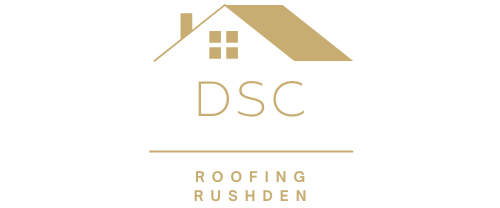The Connection Between Lead Flashing and Attic Moisture
Introduction: Lead flashing is crucial in preventing water infiltration when maintaining a watertight roofing system. However, homeowners often overlook the connection between lead flashing and attic moisture. In this blog post, presented by DSC Roofing Rushden, we’ll explore the relationship between lead flashing and attic moisture and how addressing this connection is vital for the overall health of your home.
Understanding Lead Flashing
Lead flashing is a weatherproofing material used to seal vulnerable areas of your roof, such as chimneys, skylights, vents, and roof valleys. Its flexibility, durability, and resistance to corrosion make it an ideal choice for protecting these areas from water intrusion. However, even lead flashing can succumb to wear and tear over time.
The Role of Lead Flashing in Moisture Prevention
Lead flashing is a barrier that diverts rainwater away from vulnerable roof features. When installed correctly, it ensures that water flows off the roof and does not seep into your home. But what happens when lead flashing is compromised?
The Connection Between Lead Flashing Damage and Attic Moisture
- Water Leakage: Damaged or deteriorating lead flashing can allow water to infiltrate your roofing system. This water may find its way into your attic, causing moisture issues.
- Condensation: In addition to external water infiltration, damaged flashing can disrupt the balance of your attic’s temperature and humidity. Condensation can form on the undersides of the roof, leading to moisture problems in the attic.
Signs of Attic Moisture Issues
Detecting attic moisture issues early is crucial to preventing more extensive damage. Keep an eye out for the following signs:
- Damp or Wet Insulation: Moisture may saturate the attic insulation, causing it to become damp or soggy.
- Water Stains: Look for water stains or discolouration on the attic’s ceiling or walls.
- Mould and Mildew Growth: Excessive moisture in the attic can promote mould and mildew growth on wooden components or insulation.
- Musty Odor: A persistent musty odour in the attic can indicate the presence of moisture.
Addressing Attic Moisture Issues
If you suspect that attic moisture is linked to lead flashing damage, take the following steps:
- Inspect Lead Flashing: Have a professional roofing contractor assess the condition of your lead flashing. Any damage or deterioration should be repaired or replaced promptly.
- Proper Ventilation: Ensure your attic is adequately ventilated to maintain the right balance of temperature and humidity. Proper ventilation can help reduce condensation and prevent moisture issues.
- Attic Insulation: Insulate your attic properly to prevent warm, moist air from infiltrating the space. This can help maintain a dry and healthy attic environment.
Conclusion: Lead flashing may seem like a small component of your roofing system, but its role in preventing attic moisture cannot be understated. Regular inspection, maintenance, and timely repairs to your lead flashing can help protect your home from moisture-related issues. If you suspect damage or need assistance with lead flashing inspection and repairs, contact DSC Roofing Rushden. Our experienced roofing team can ensure your home remains dry and well-protected.
Call us on: 01933 823 229
Click here to find out more about DSC Roofing Rushden
Click here to complete our contact form and see how we can help with your roofing needs.

